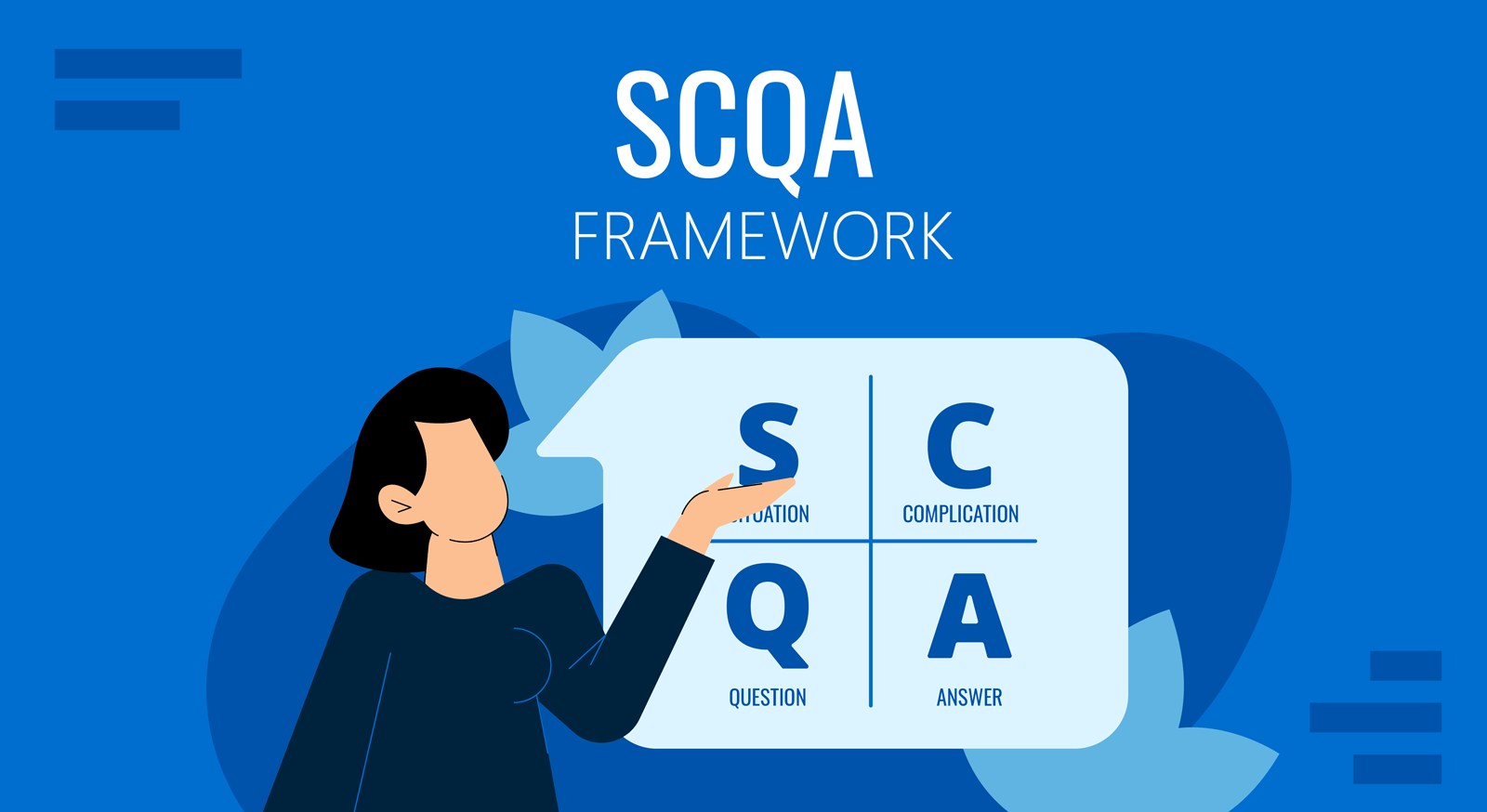Let’s start by thinking about how you are innovating in your company, what product you are creating, and using all the areas needed to be successful and set yourself apart in the market – shall we?
Companies and Executives want to be successful, unique, creative, and innovative – do you identify with this affirmation?
Well, the thing is that many businesses focus on one area of innovation, forgetting that there should be a framework to follow and rely upon; by using it and doing so, you’ll have a competitive edge that is difficult to copy.
Do you want to stand out or to be part of the pack?
Doblin’s Ten Types of Innovation framework provides a way to identify – 10 key areas to consider – new opportunities beyond products and develop viable innovations. These are:
1. Business Model.
How you make money
Innovative profit models find a fresh way to convert a firm’s offerings and other value sources into cash. Great ones reflect a deep understanding of what customers and users actually cherish and where new revenue or pricing opportunities might lie. Innovative profit models often challenge an industry’s tired old assumptions about what to offer, what to charge, or how to collect revenues. This is a big part of their power: the dominant profit model often goes unquestioned for decades in most industries.
2. Network and Alliances.
How you connect with others to create value
In today’s hyper-connected world, no company can or should do everything alone. Network innovations provide a way for firms to take advantage of other companies’ processes, technologies, offerings, channels, and brands—pretty much any and every component of a business. These innovations mean a firm can capitalize on its own strengths while harnessing others’ capabilities and assets. Network innovations also help executives to share risk in developing new offers and ventures. These collaborations can be brief or enduring, and they can be formed between close allies or even staunch competitors.
3. Enabling Process.
How you organize and align your talent and assets
Structure innovations are focused on organizing company assets—hard, human, or intangible—in unique ways that create value. They can include everything from superior talent management systems to ingenious configurations of heavy capital equipment. An enterprise’s fixed costs and corporate functions can also be improved through Structure innovations, including Human Resources, R&D, and IT. Ideally, such innovations also help attract talent to the organization by creating supremely productive working environments or fostering a performance level that competitors can’t match.
4. Core Process.
How you use a signature or superior methods to do your work
Process innovations involve the activities and operations that produce an enterprise’s primary offerings. Innovating here requires a dramatic change from “business as usual” that enables the company to use unique capabilities, function efficiently, adapt quickly, and build market-leading margins. Process innovations often form an enterprise’s core competency and may include patented or proprietary approaches that yield advantages for years or even decades. Ideally, they are the “special sauce” you use that competitors can’t replicate.
5. Product Performance.
How you develop distinguishing features and functionality
Product Performance innovations address the value, features, and quality of a company’s offering. This type of innovation involves both entirely new products and updates and line extensions that add substantial value. Too often, people mistake Product Performance for the sum of innovation. It’s certainly important, but it’s always worth remembering that it is only one of the Ten Types of Innovation, and it’s often the easiest for competitors to copy. Think about any product or feature war you’ve witnessed—whether torque and toughness in trucks, toothbrushes that are easier to hold and use, even with baby strollers. Too quickly, it all devolves into an expensive mad dash to parity. Product Performance innovations that deliver long-term competitive advantage are the exception rather than the rule.
6. Product System.
How you create complementary products and services
Product System innovations are rooted in how individual products and services connect or bundle together to create a robust and scalable system. This is fostered through interoperability, modularity, integration, and other ways of creating valuable connections between otherwise distinct and disparate offerings. Product System innovations help you build ecosystems that captivate and delight customers and defend against competitors.
7. Customer Service.
How you support and amplify the value of your offerings
Service innovations ensure and enhance the utility, performance, and apparent value of an offering. They make a product easier to try, use, and enjoy; they reveal features and functionality customers might otherwise overlook. They fix problems and smooth rough patches in the customer journey. Done well, they elevate even bland and average products into compelling experiences that customers come back for again and again.
8. Channel.
How you deliver your offerings to customers and users
Channel innovations encompass all the ways that you connect your company’s offerings with your customers and users. While e-commerce has emerged as a dominant force in recent years, traditional channels such as physical stores are still important, particularly when creating immersive experiences. Skilled innovators often find multiple but complementary ways to bring their products and services to customers. Their goal is to ensure that users can buy what they want, when, and how they want it, with minimal friction, cost, and maximum delight.
9. Brand.
How you represent your offerings and business
Brand innovations help ensure that customers and users recognize, remember, and prefer your offerings to competitors or substitutes. Great ones distill a “promise” that attracts buyers and conveys a distinct identity. They are typically the result of carefully crafted strategies implemented across many touchpoints between your company and your customers, including communications, advertising, service interactions, channel environments, and employee and business partner conduct. Brand innovations can transform commodities into prized products and confer meaning, intent, and value to your offerings and your enterprise.
10. Customer Experience.
How you foster compelling interactions
Customer Engagement innovations are all about understanding customers’ deep-seated aspirations and users and using those insights to develop meaningful connections between them and your company. Great Customer Engagement innovations provide broad avenues for exploration and help people find ways to make parts of their lives more memorable, fulfilling, delightful — even magical.
Having an idea, creating a new product is just the first step; the question is if you have under your belt the tools necessary to make it work and stand out. – Are you?



